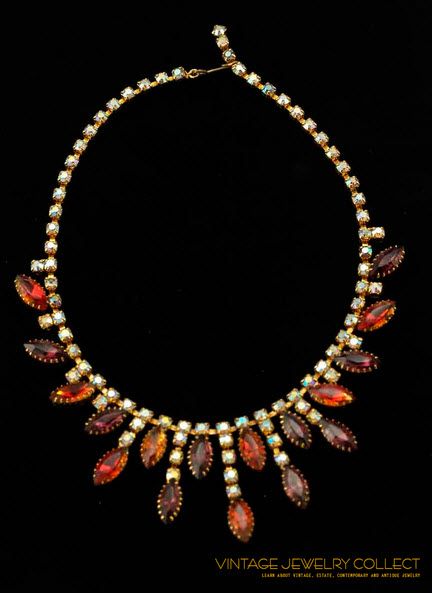
Cartier and The Napier Archives
May 18, 2021
Napier Peacetime Manufacturing
May 20, 2021Using Fashion to Find, Design, and Express Your Character and Style
Costume design is a fun but demanding profession. The job of the costume designer is to make sure that the attire of each actor portrays the story of the actor’s character through a visual medium. Color, texture, and style are all important factors of each garment. The costumes not only become a prop, they help the actor embody the character. Costuming synthesizes together the words, the message and the stage.
In the field of performing arts and costume design, most costume designers have a degree in fashion design and have studied art history at length. The great masterpieces displaying costumes and jewelry from the past five hundred centuries are wonderful resources and references used to recreate the mode on stage or set. However, jewelry from the 20th century that is neither fine nor estate jewelry seems to slip through the cracks and often get misrepresented in motion pictures, plays and T.V.
Working with vintage costume dealers, or jewelry historians are an excellent resource to ameliorate that challenge. However slight, the mismatch between the era and the costuming of the jewelry can subtly confuse the audience.
The book titled, The Napier Co. by author Melinda L. Lewis with Henry Swen, has proven to be a valuable resource for jewelry designers, jewelry history students, and costume designers. It provides a decade-by-decade evolution of jewelry styles from one company through both the 19th and 20th century. It gives an encapsulation of the jewelry industry through each decade that is relative to all costume jewelry and not just Napier.
Costume or fashion jewelry through the decades has obviously evolved, and some pieces speak volumes toward the social, political and economic implications of the time. Victory jewelry was commonplace during wartime as was wood, sterling, or even jewelry made from macaroni. Styles of the ‘30s reflected the big Hollywood ideals despite the hardships of the great depression. Jewelry from the 1960s wasn’t all Op-art jewelry, but it did have subtle differences from jewelry of the 1950s. Knowing what was produced when can help tell the story of the playwright more effectively.
A dealer or jewelry historian such as Lewis can help a costume designer ensure that his or her selection of jewelry is period appropriate. Jewelry also differed in style, construction or materials, depending on the price points. A socialite may have had access to a different type of costume jewelry manufactured during the same period. Some pieces, which were mass produced wouldn’t be suitable for certain characters. But to have a character wear a piece that is clearly 1940s or 1950s in a 1930s scene can be unsettling and misleading in a historical context.
Melinda L. Lewis is a jewelry historian, the author of The Napier Co.: Defining 20th Century American Costume Jewelry, and co-founder of Costume Jewelry Collectors International.
Costuming – period appropriate (credibility “nothing worse than…” – see the development through time – styles, actual pieces, construction, materials.



